The dark evenings of midwinter divide opinion. For some of us they're an atmospheric component of living in northerly latitudes and make the longer summer hours all the more pleasurable.
It's fair to say, though, that a greater number of us dread them: seasonal affective disorder, caused by the lack of light at this time of year, is a recognised medical condition.
Unsurprisingly, the winter solstice on or around 21-22 December is a date that many people circle in the diary: thereon the days lengthen and the Northern Hemisphere begins it six-monthly trundle towards mid-summer and the summer solstice.
Our guide to the winter solstice explains what it is, when it takes place and the best places to catch a spectacular sunset in Britain.
- Best winter wildlife spectacles in Britain
- Jobs for the garden this winter
- 12 fairytale towns and villages to visit this winter
- Do storms affect our mood and mental health? If you enjoy them, then you're not alone

When is the winter solstice in 2025?
This year the official winter solstice, also known as the "hibernal solstice", takes places on Sunday 21 December 2025. In the UK, the sun will start to set at at approximately 3.54pm, marking the shortest period of daylight and the longest night of the year.
True enough, the winter solstice is the shortest day and it seems reasonable to assume that on this day the sun will rise later than on any other day and set earlier. This, though, is not the case.
The earliest sunsets in the year occur about a week before the solstice, and the latest sunrises around early January. The days as a whole do get longer on 23 December because on this day the returning light in the evening finally outweighs the still diminishing morning light.
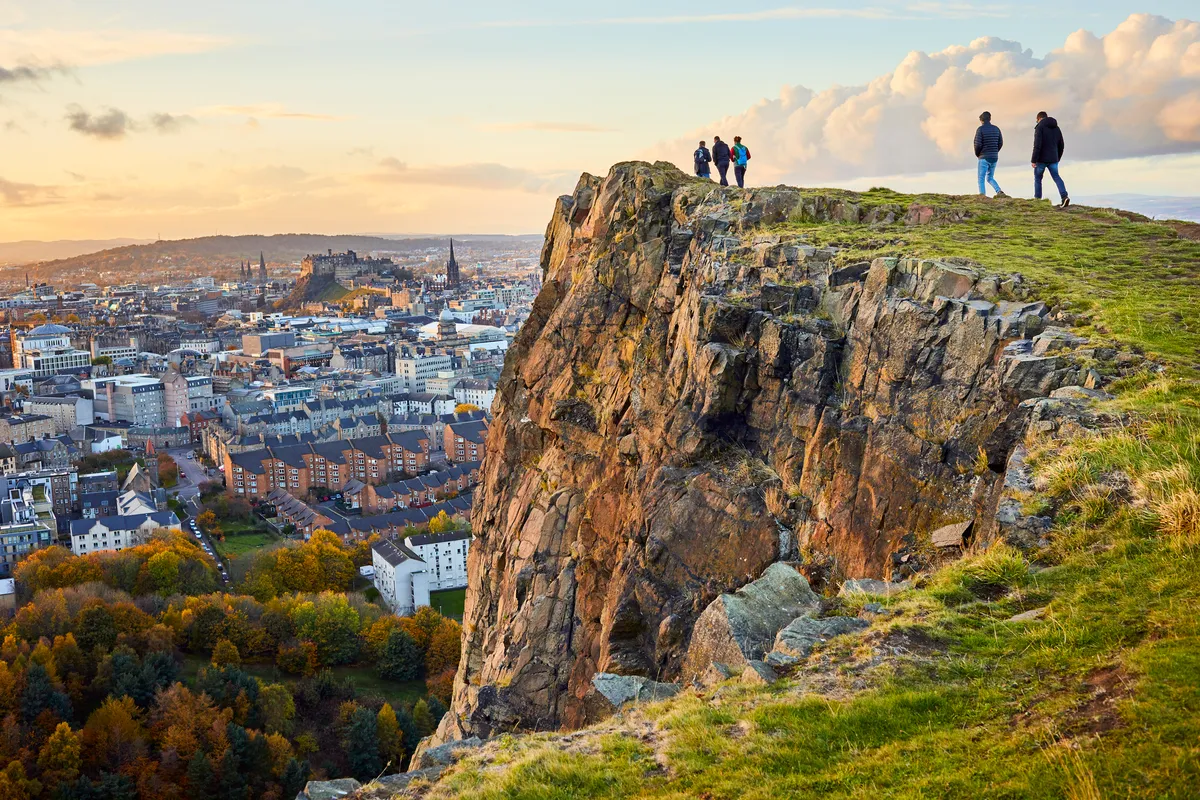
So, if you're wondering how you are going to make it through the dark winter nights, congratulations, you've already made it. You have up to 14 fewer dark nights to worry about.
Why is the case? This curiosity highlights a compromise in timekeeping that depends on two factors of the Earth’s motion in space: it's all to do with the angle the earth tilts towards the sun, and the difference between the human day (measured by clocks) and the solar day.
What time is winter solstice this year?
While most of us consider summer solstice to be a day, it actually refers to an exact moment of time on the day – the moment when the hemisphere you're in (northern, if you're in the UK) is most tilted towards the sun. This year, winter solstice falls at 3.02pm on Sunday 21 December.
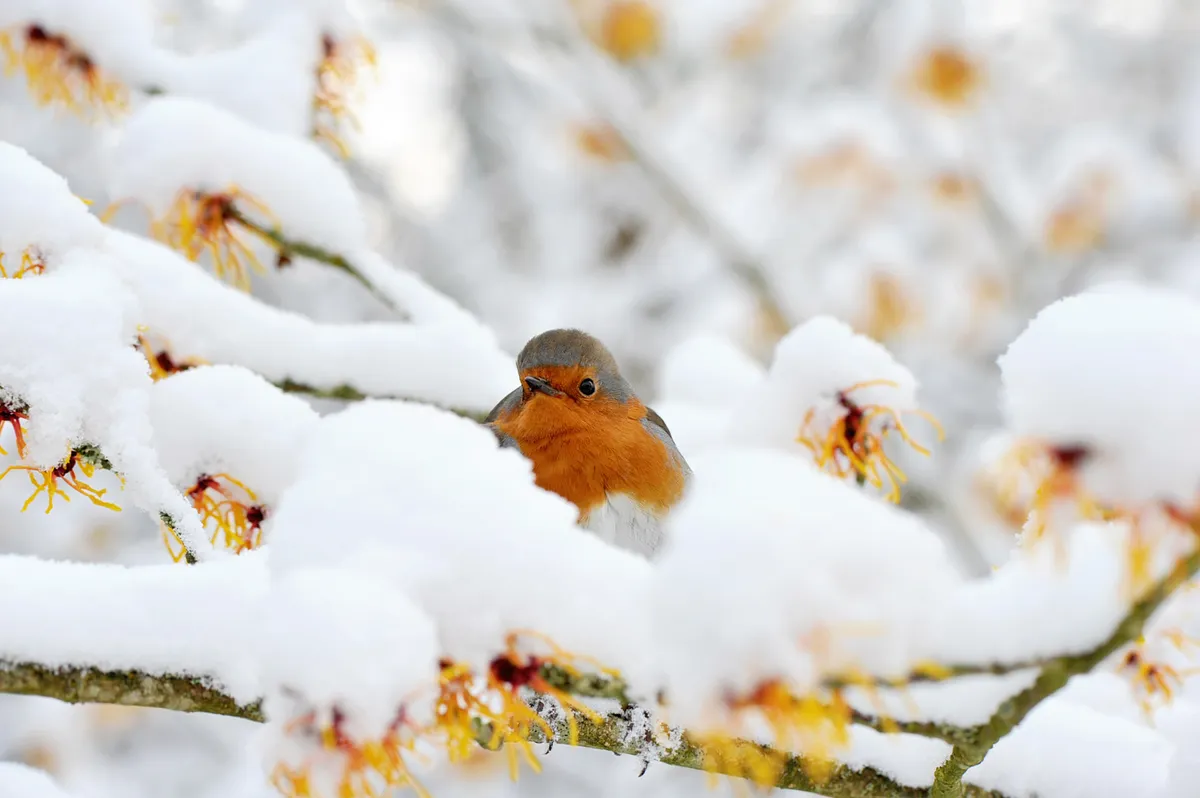
What is the winter solstice – the science?
The winter solstice occurs on the day when the sun’s apparent altitude reaches its lowest point at noon. In celestial terms, this is when the sun reaches its greatest declination south of the celestial equator (a line in the sky created by projecting the Earth’s equator onto the stars) since the Earth’s north pole leans as far away from the sun as possible.
The change in the sun’s declination around the solstice is very slow, as it rounds a curve and begins to rise up towards the equator again.
The longest of nights
The winter solstice is often described as the shortest day of the year. By default, this makes it the longest night, and an occasion worth celebrating. Ancient cultures saw it as a time of rebirth, welcoming back the light – a view maintained by many to this day. Here at Lammas Eco Village in Pembrokeshire, drummers, pipers and dancers gather together around a fire on the solstice to “honour the turning point in the Sacred Dance of our Earth Mother”.
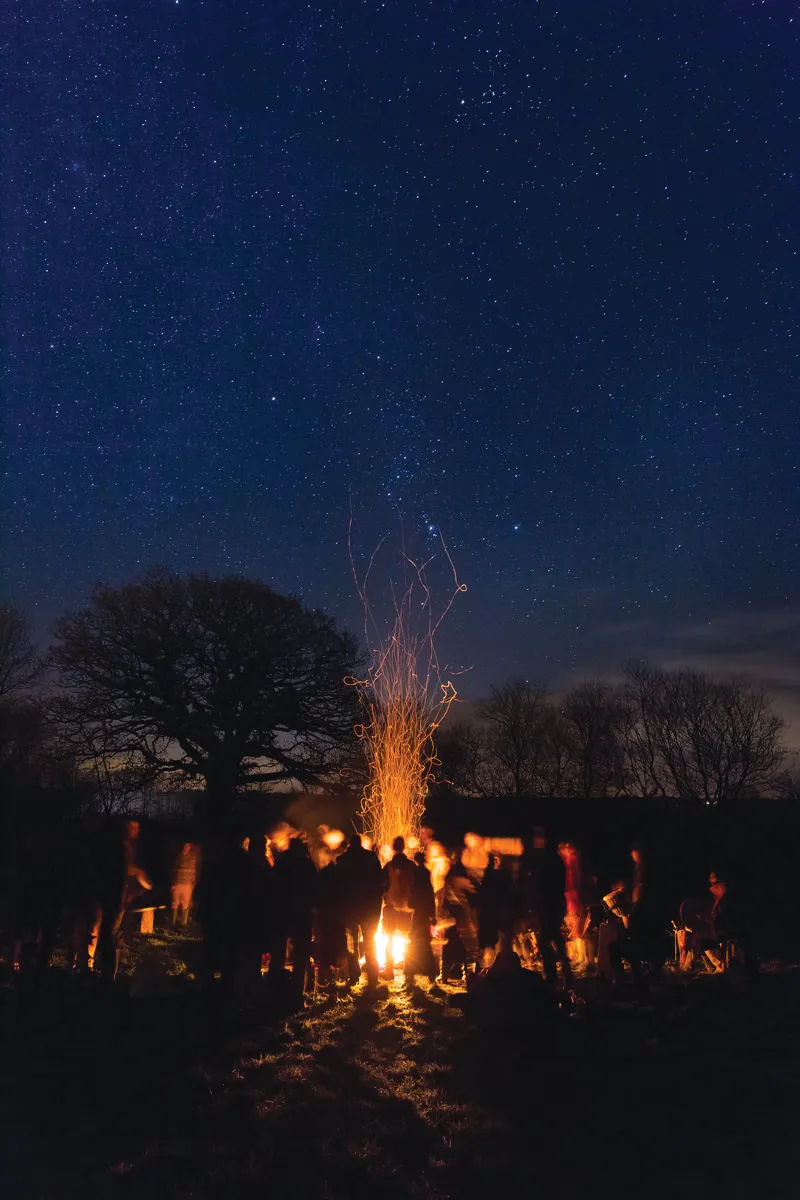
How long is a day?
Answer '24 hours' and Tom Kerss, an astronomer at the Royal Observatory Greenwich, will politely correct you. "The Earth’s rotation, which is very consistent, has been measured with respect to the stars to be 23 hours 56 minutes 4.1 seconds," he explains. "Due to the history of timekeeping, we base our clocks on the length of a solar day – the time between noon today and noon tomorrow, or the time between two solar crossings of the meridian. We divide this into 24 hours, but in fact this figure isn’t consistent from one day to the next.
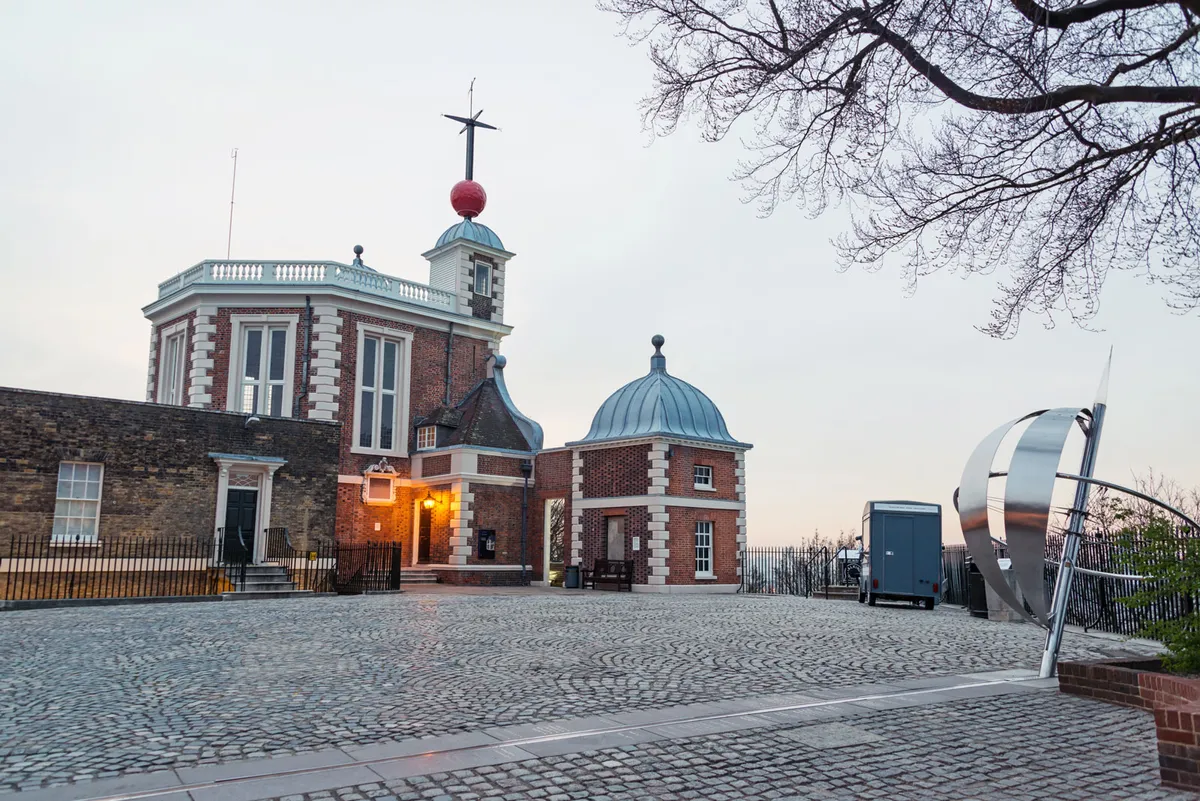
"The length of a solar day fluctuates throughout the year by a maximum of not more than 30 seconds. Therefore, we take the average length of the solar day (24 hours) and call this a civil day. This has become the backbone of global timekeeping in the modern world."
This fluctuation is a result of the shape of the Earth’s orbit, which is not a perfect circle centred on the sun, but an ellipse. What's more, as it makes its annual journey around the sun, the Earth’s speed changes.
"Between mid-November and early February, the Earth’s increased speed results in a very slight reduction in the speed that the Sun appears to drift through the sky, and solar days are longer than 24 hours," says Kerss.
"Since the civil day we measure with our clocks doesn’t change, solar time begins to lag behind, shifting sunrises and sunsets back against the clock. This delaying of solar phenomena against clock time causes sunset times to creep back before we reach the solstice, so the earliest sunset is actually experienced on a date earlier in the month."
Ways to celebrate the winter solstice
1. Go for an ancient amble
Ancient cultures have revered the sun for centuries, and evidence of their biannual rituals can be found across the UK. Stonehenge is our most famous site, but there are many more to discover. Spend some time as the druids do, and go and hang out at one of the UK's best stone circles.
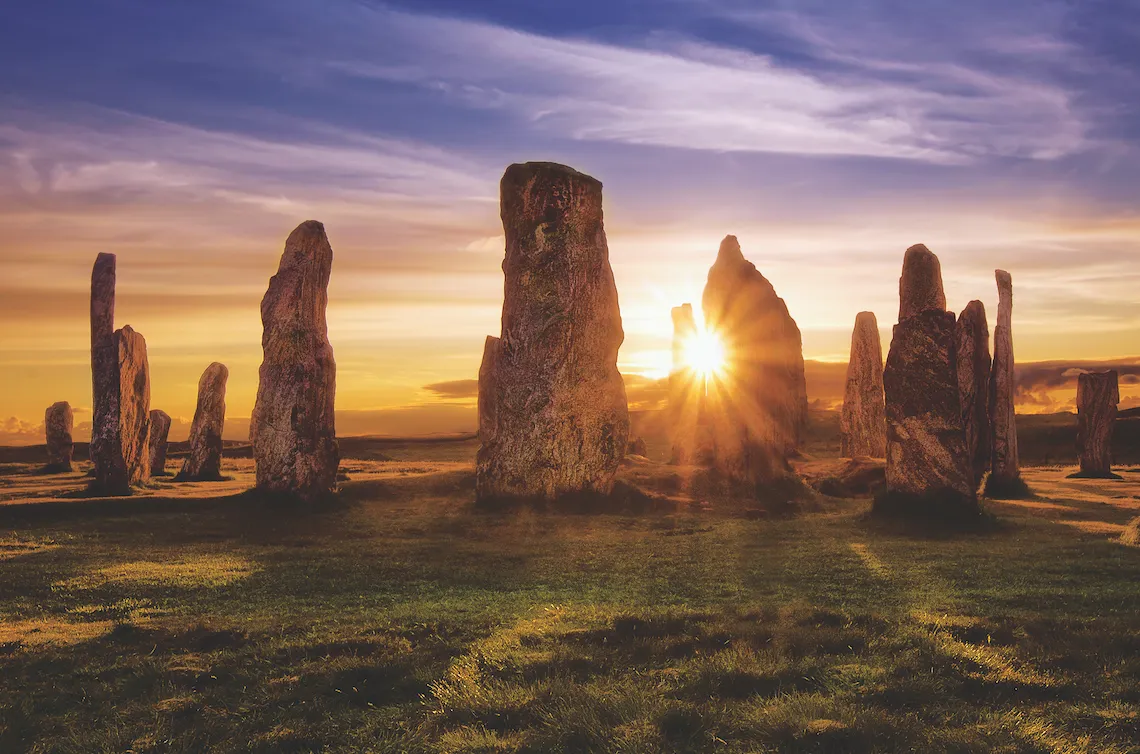
2. Go stargazing
Long nights have their advantages, not least when it comes to celestial matters. Embrace the magic of the dark sky with a night walk, dressing warm and gazing up at your favourite constellations.

3. Make a wholesome feast
Cook a winter feast with friends and family. Include lots of warm, nourishing, local ingredients and warming winter recipes, setting a precedent for the year ahead as the days begin to lengthen once more.

4. Make something out of natural materials
Create something handmade that celebrates new life and the natural world, such as an autumnal wreath – you can then hang this on your door or in your window, ready for Christmas.

5. Salute the sun
The winter solstice is a time of rebirth. Hail its life-giving powers by taking a sunset or sunrise walk to a local hilltop, your favourite shoreline or through winter fields as the first shoots begin to emerge.

Best places to see in the winter solstice
Here are a few suggestions for places to go and enjoy the earliest sunset – weather permitting – and for somewhere to huddle and warm up afterwards. Note that in mid-winter rural pubs and cafes can shorten their opening hours, often at short notice, so it's worth checking to see when places open and whether they serve food.
Solway Firth, Cumbria

The watery flatlands of the Solway Firth, a borderland where both England and Scotland seem to dissolve into the sea, is a stunning place to take in the sunset. A good location is the Solway's Cardurnock peninsula (one of the best places for a coastal bike ride): at its most westerly point you can see north and west while the view south to Skiddaw, the northerly summit of the Lake District, is positively cinematic. Then head to the town of Silloth for fish and chips. The town is something of an unexpected hotspot for chippies - try the Silloth cafe.
Selworthy Beacon, Somerset
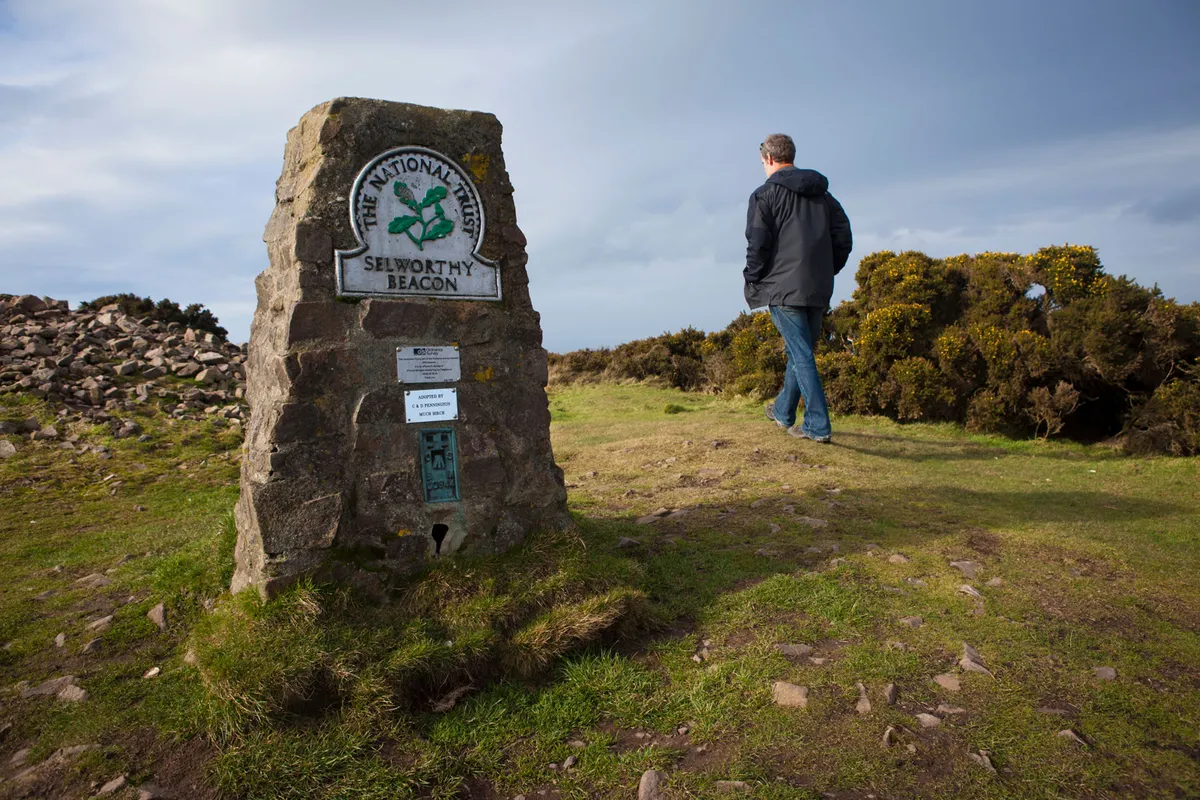
Fingers crossed for a clear sky at sunset from Selworthy Beacon, at the heart of the 5,000 hectare Holnicote Estate on Exmoor. To the west, a row of headlands that knits West Somerset to North Devon is lined up for inspection while the rocks of Hurlstone Point teeter their way down to the sweep of Porlock Bay. You can peer at the precipitous cliffs while the fading sunlight slants into the moor’s distinctive combes, or narrow valleys. Afterwards, retreat downhill and make your way to Porlock's snug age-old pubs. Perhaps try a pie at the 13th century Ship Inn.
Tennyson Down, Isle of Wight

The ski-board contours of Tennyson Down that sweep along the south-west of the Isle of Wight are a magnificent spot to watch the sunset. At its zenith, by the granite cross dedicated to Tennyson, the down is just 147m above sea level but the unrelenting ascent can leave you feeling every metre of the climb.
Catch your breath and take in a truly magnificent view: not just the chalk Needles but a vast sweep of Hampshire across the Solent and Dorset curving away towards the setting sun. Turn around and you'll be greeted by twinkling village lights and the whaleback landscape of Compton Down. You're spoilt for choice for pubs on the island but a good destination is the cosy Highdown Inn in Totland, tucked away on Alum Bay old road.
Zennor Head, Cornwall
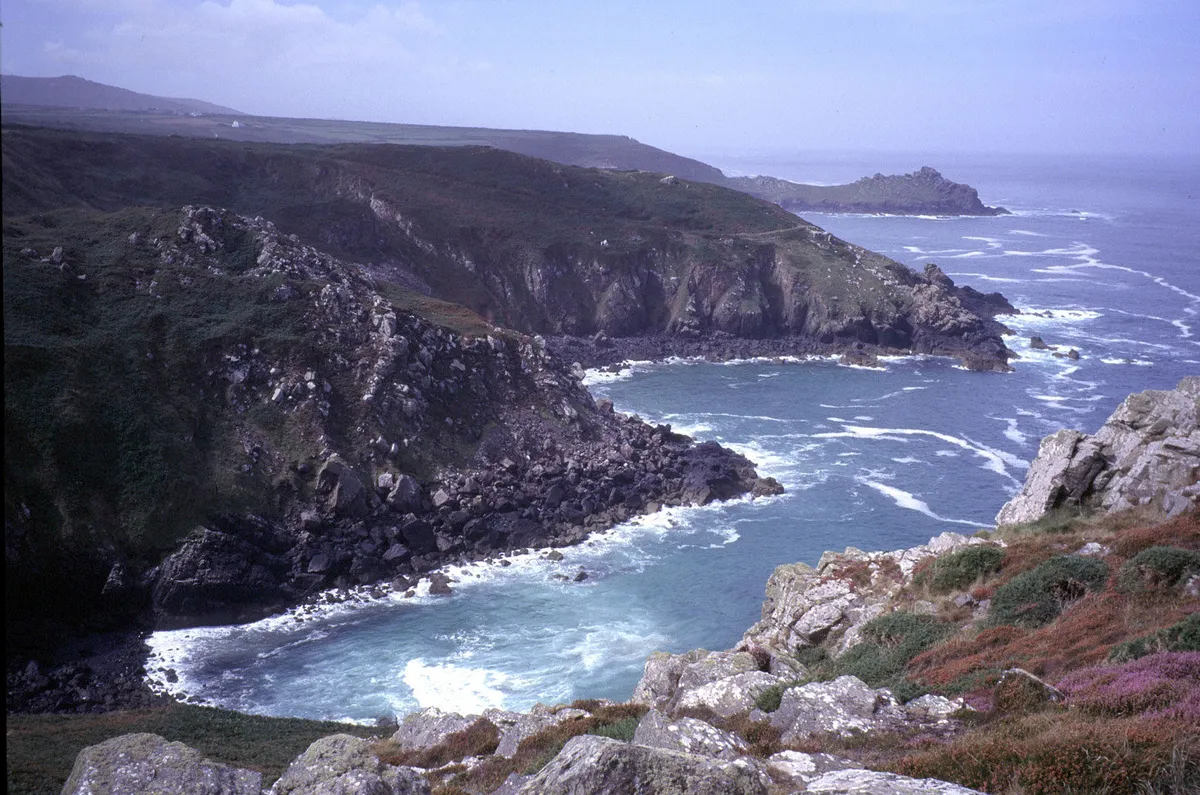
Zennor Head is the perfect place to enjoy a winter sunset: an exposed headland that provides that exposed, ends-of-the nation experience. With good weather you can take in the changing colours of the shallow waters of Pendour Cove as they sublimate from aquamarine to ink-black. Look out for solitary stonechats flitting around the gorse (which may even be in flower) while looking east you may catch a kestrel - sometimes up to three synchronised individuals - hovering in search of dinner. For your own meal, turn tail and head back to the car for a short drive west to the Gurnard's Head pub: superb ales and wines and a head chef who really knows his stuff.
Dinas Island, Pembrokeshire

Close to the holiday resort of Newport, Dinas Island (it's a promontory rather than an actual island) simply feels truly ancient. This is a gloriously primeval spot from which to watch a setting sun over St George's Channel. The elemental outcrop of Strumble Head pokes out further west.
A whole loop of the headland is three miles but you if don't fancy completing the trail in the dark, good views can be had just 10 minutes uphill from the Pwllgwaelod car park. Right by the car park, pop into the Old Sailor pub where excellent food includes catches of the day such as lobster.

